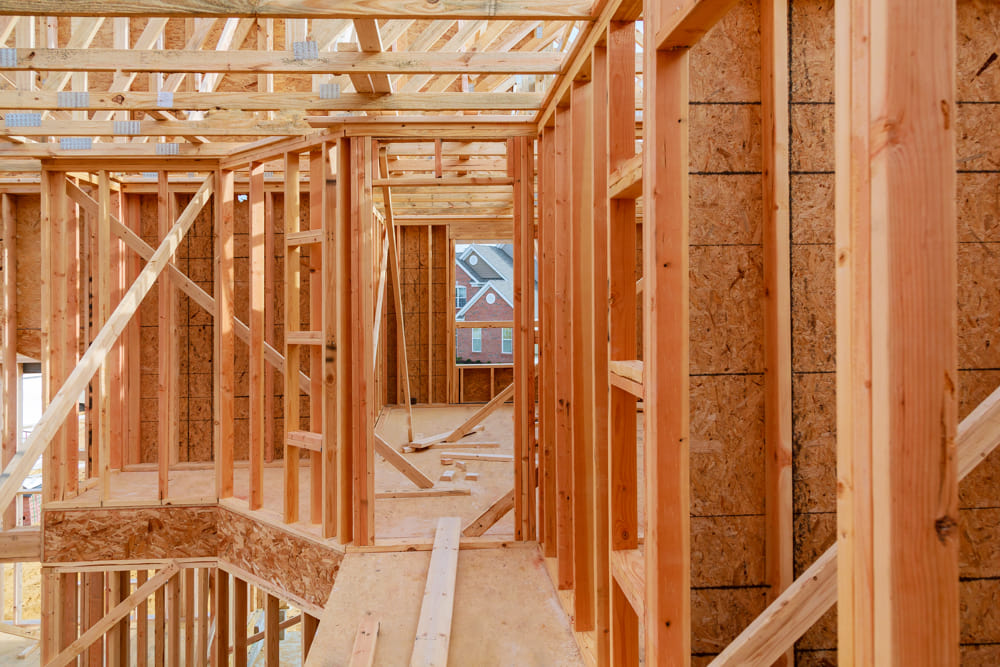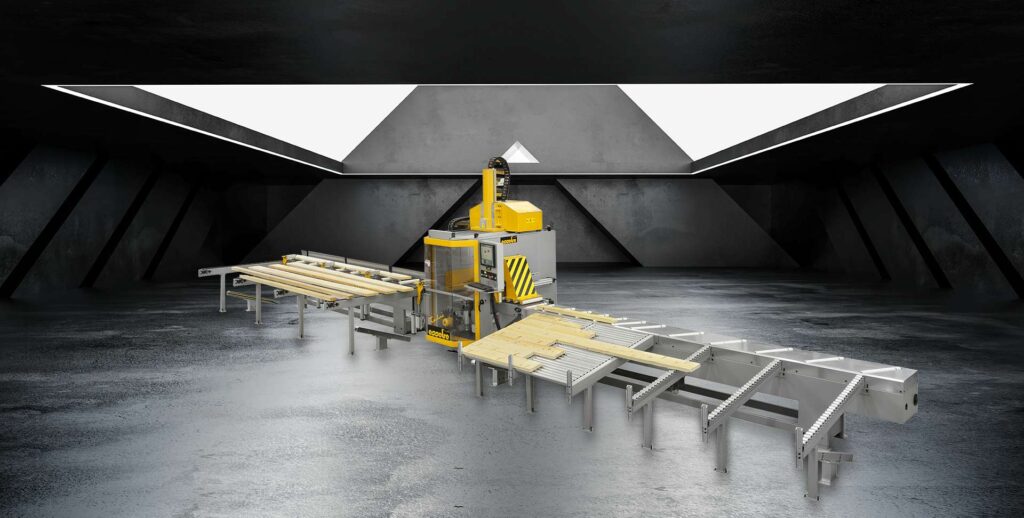At the Mass Timber Conference we will be present with our colleagues from the North American branch, at the Forum Bois Construction with our colleagues covering the French market.
At these two important occasions we will participate with our technological innovations and in order to explore the new frontiers of the sector.
Mass Timber Conference, between innovation and opportunities.
Mass Timber Conference is the flagship event for industry experts, bringing together professionals from all over the world to explore the opportunities and challenges related to this sector. This event, now in its eighth year, will be held in Portland, Oregon, USA, from 26-28 March 2024 and represents a critical moment for the entire industry supply chain.
Mass timber is a category of wood-based construction materials known for their strength, sustainability and versatility. The main types of mass timber include:
- cross-laminated timber panels, used for walls, slabs and roofs,
- nailed structural elements, used for floors and beams,
- glued laminated timber beams, used for supporting structures,
- multilayer wood panels, strong and light,
- structural elements with dowel joints, suitable for walls and slabs,
- beams made by overlapping thin timber layers.
Mass Timber Conference is a unique opportunity to:
- learn about the latest trends, technologies and strategies to succeed in the industry,
- network with professionals from all over the world to find new job opportunities,
- explore the challenges and opportunities related to mass timber on a global level,
and therefore is an essential opportunity to stay updated on the latest trends and connect with industry leaders. We will be there with several novelties!

Forum Bois Construction: a promising future.*
The 13th edition of the Forum Bois Construction is being held for the fifth time in Épinal and Nancy, from 3 to 5 April. The forum takes place at a rather special time: the supporting structure of the Notre-Dame cathedral has been rebuilt and Solidéo has delivered installations to the Olympic Committee that demonstrate a strong commitment to the use of wood in construction.
In the meantime, France is experiencing the construction of several offices made of wood, including the Arboretum in Nanterre, which achieves an international record in terms of surface area made of organic material.
But what will happen next? To find out, the best way is to come to the Forum Bois Construction and stay for three days, as all the issues of the future will be discussed.
In Épinal, the French forest is the focus of attention, with its challenges and new opportunities to build using local resources to the maximum. In Nancy, the focus is on carbon emissions, fire protection, biological acoustics, prefabrication, agile engineering, modules, reuse, bio-architecture, eco-neighbourhoods and many other topics. These are the actual topics, as tenders for current realisations will structure the forum programme.
And we should not forget the ‘Innovation Forum’, which is even richer this year than at Lille 2023. In addition, the project ‘Industrialisation of products and building systems made of wood and other biological materials’, launched at the beginning of March, includes an investment of more than EUR 1 billion in the oriented wood industry. Attending the Forum Bois Construction means understanding what is happening today, but above all preparing together the market of tomorrow.
*[The information is collected from the official catalog of the Bois Construction Forum]
We are waiting for you at the Forum Bois Construction fair at B5!















